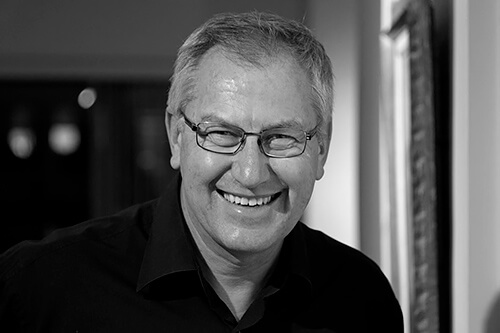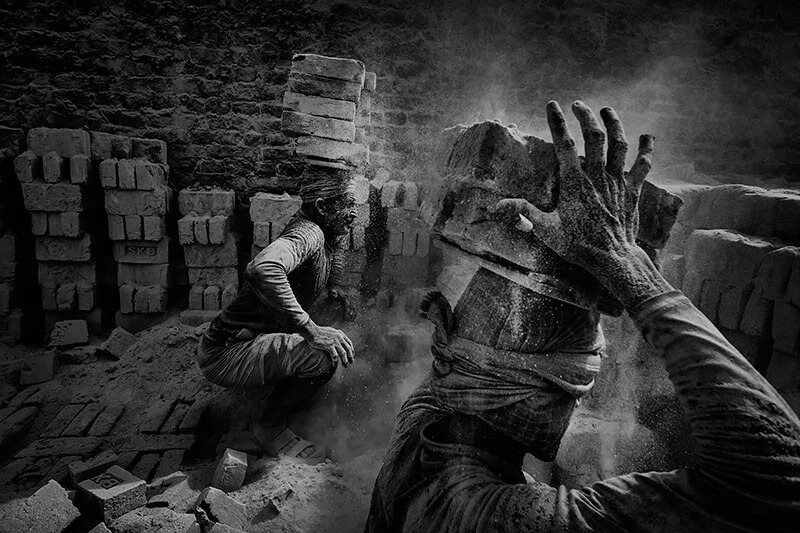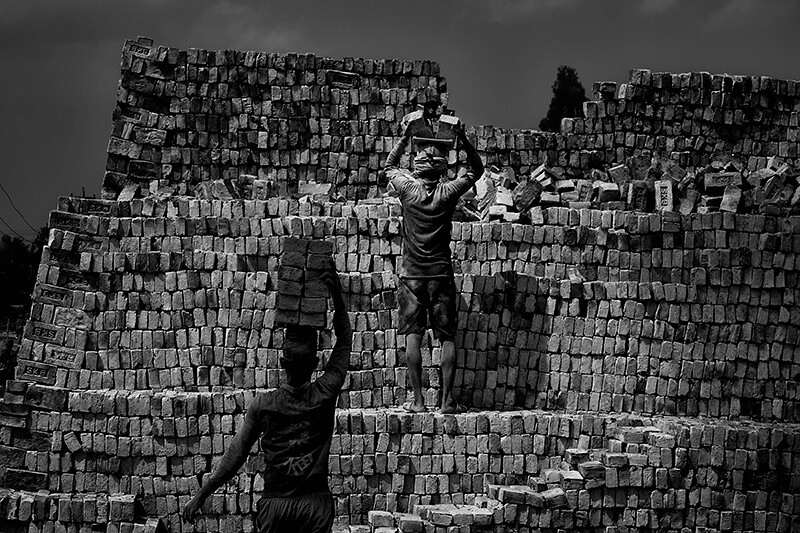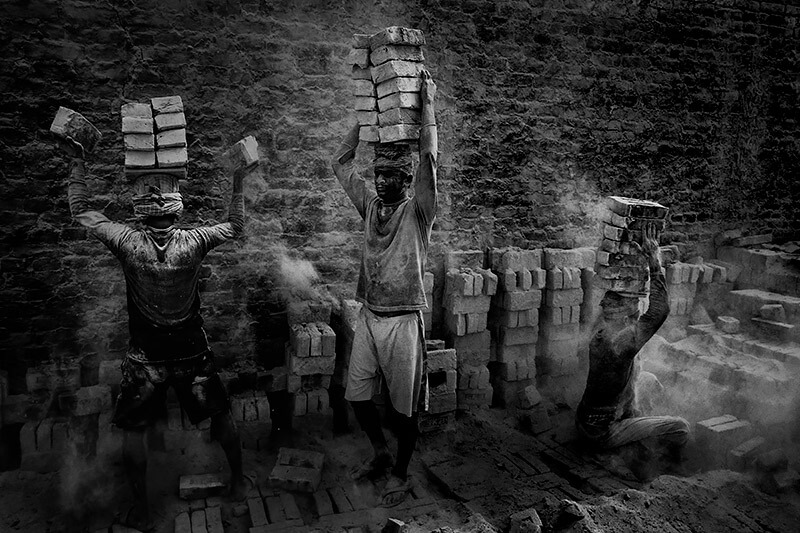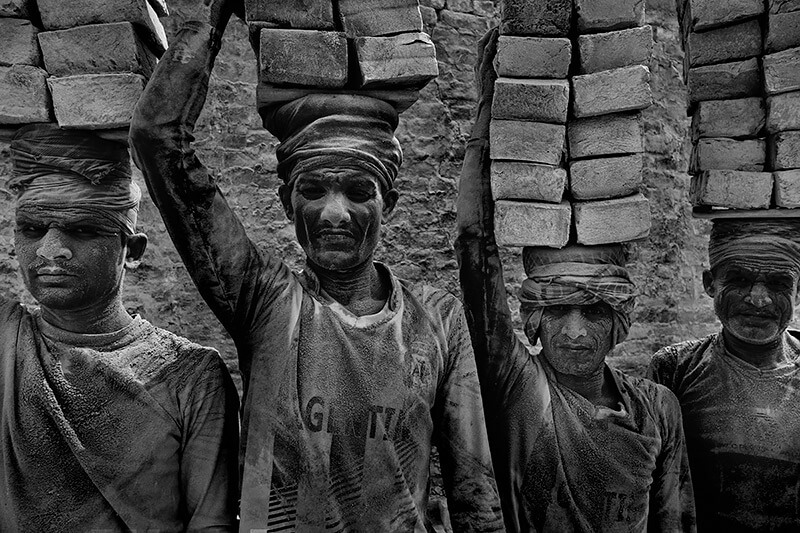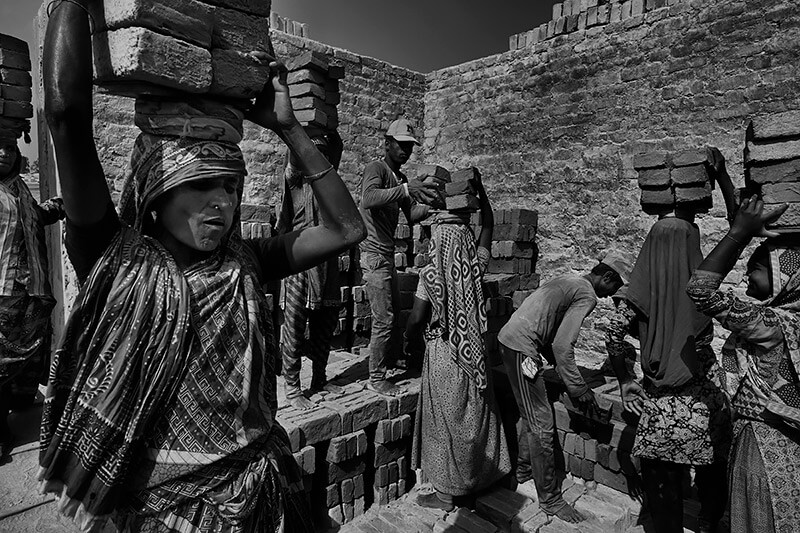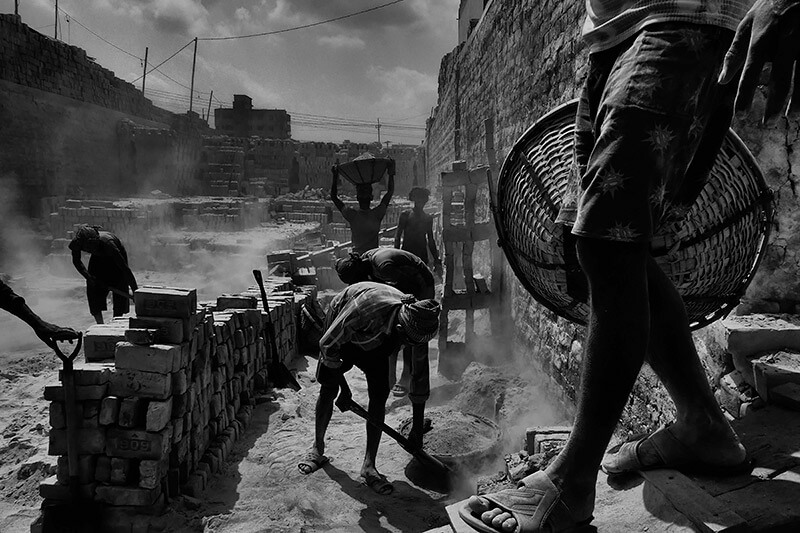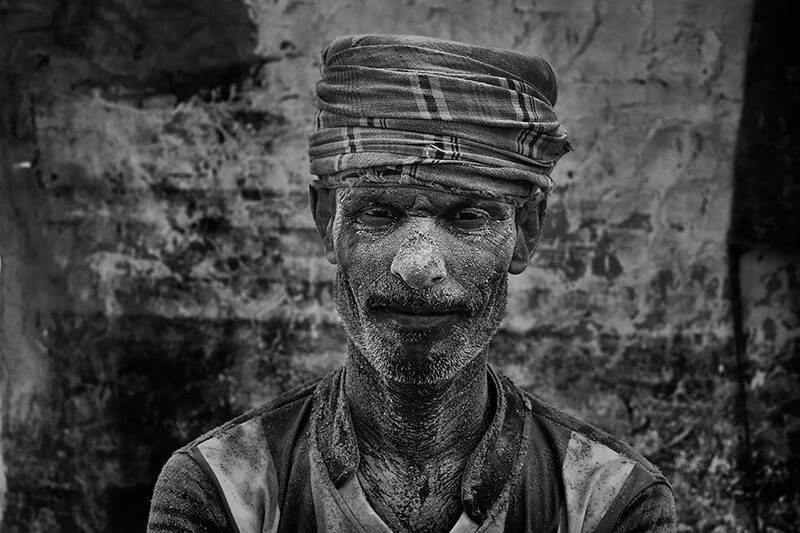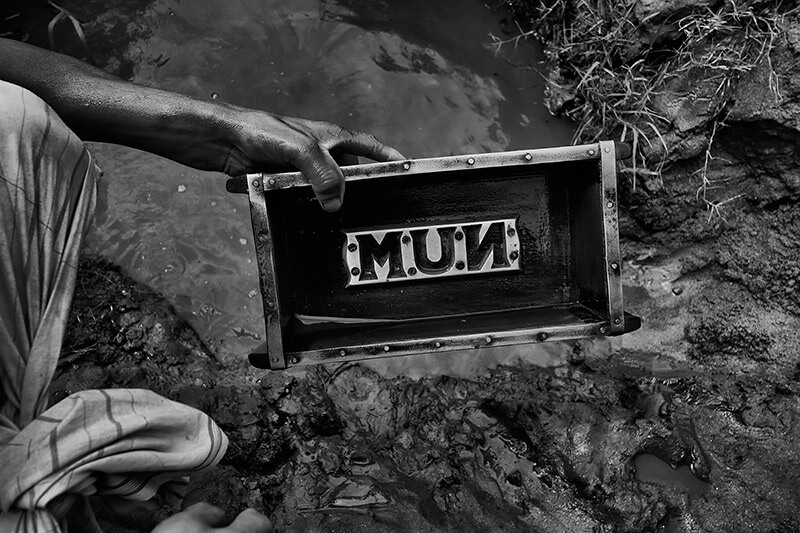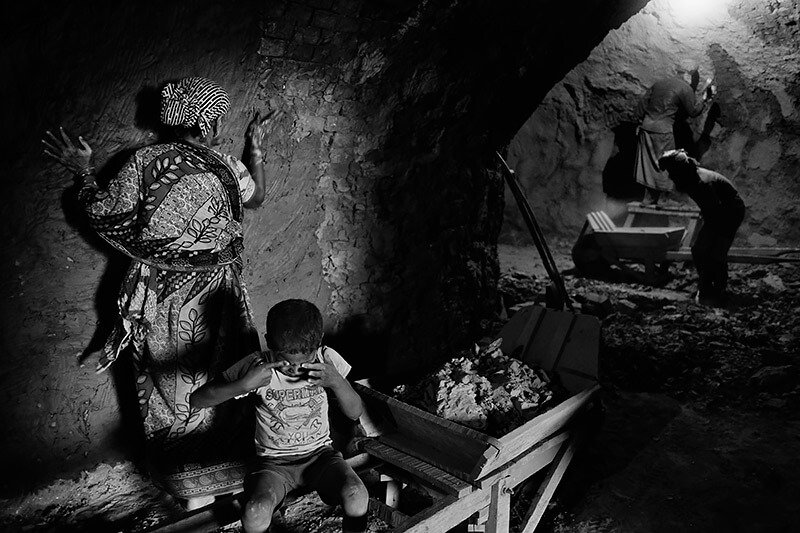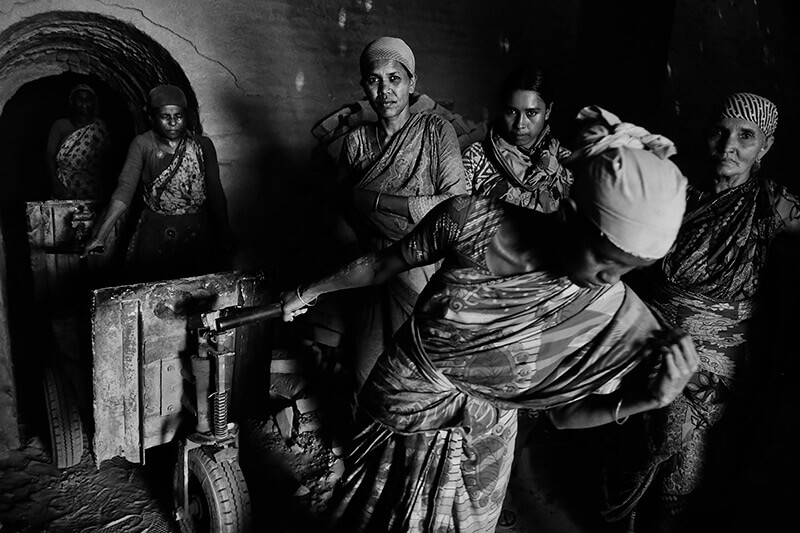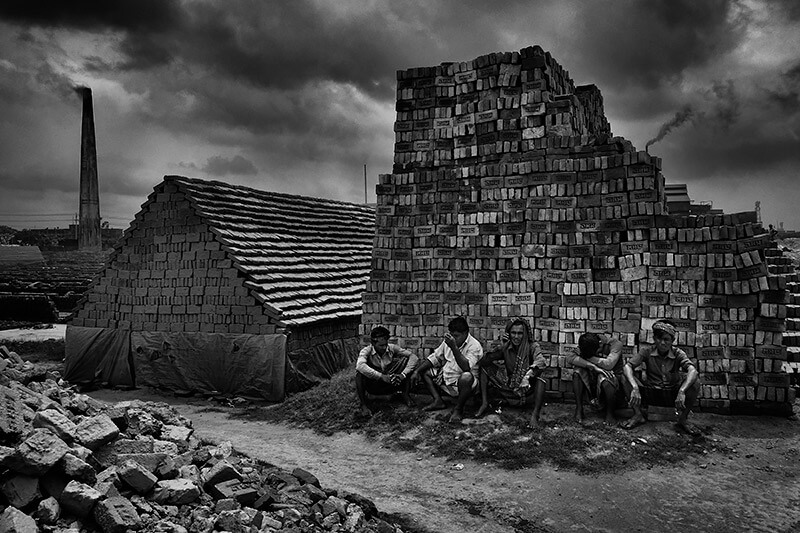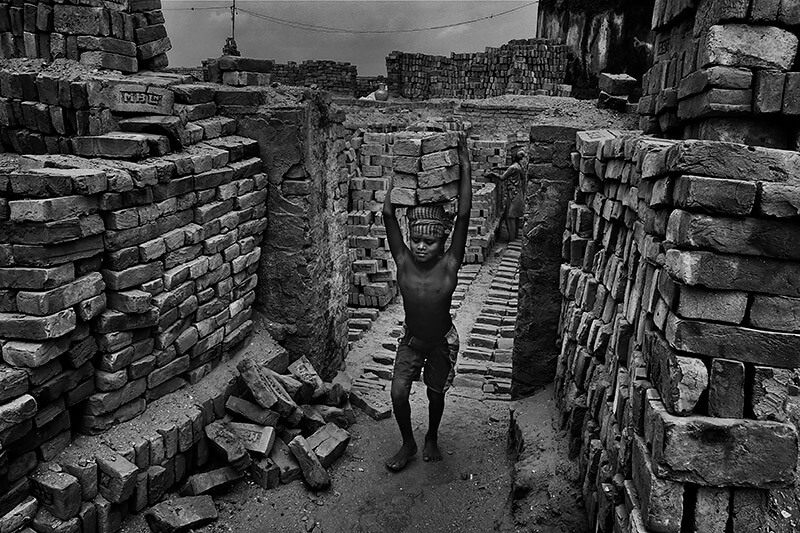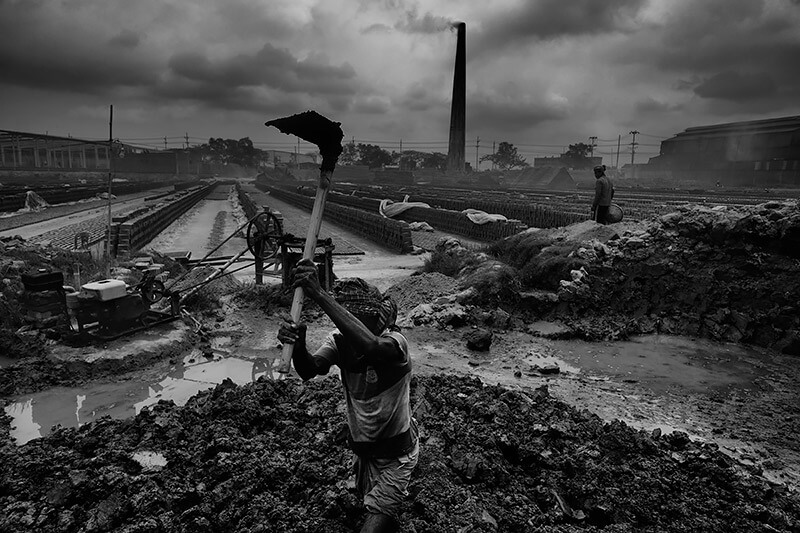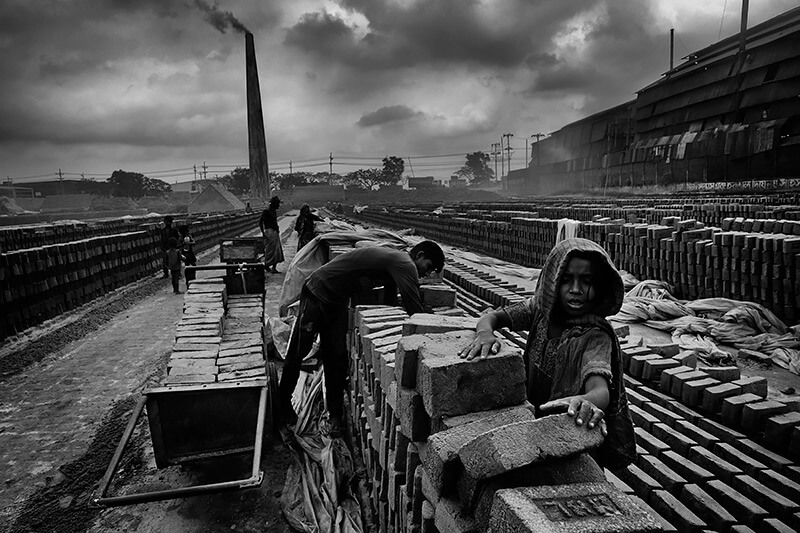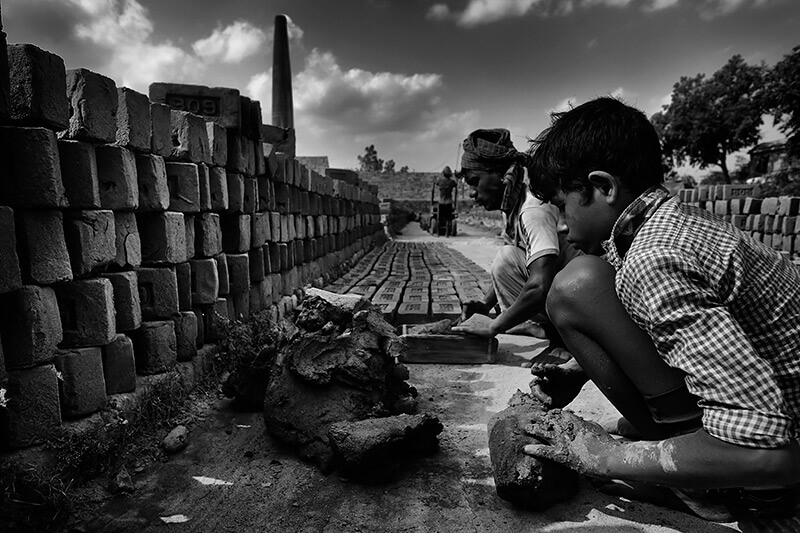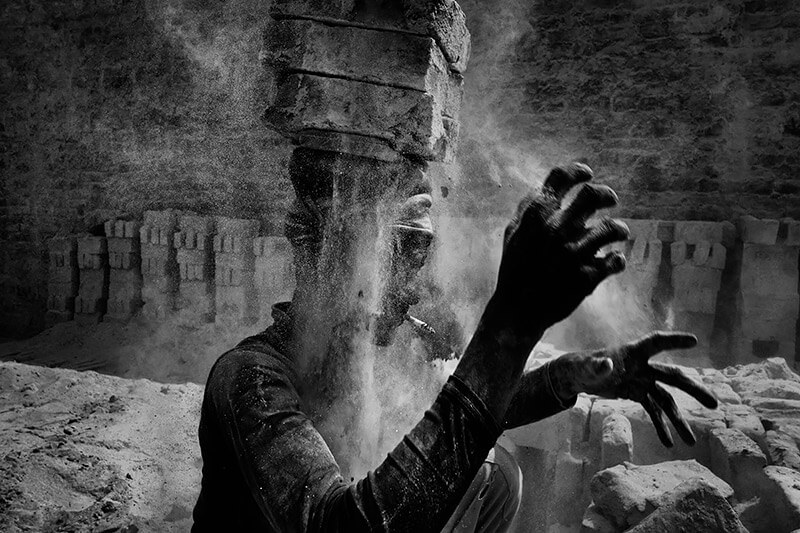Alain Schroeder is a Belgian photojournalist born in 1955. In 1989 he founded Reporters (http://www.reporters.be), a well-known photo agency in Belgium. He has illustrated over thirty books dedicated to China, Persia, the Renaissance, Ancient Rome, the Gardens of Europe, Thailand, Tuscany, Crete, Vietnam, Budapest, Venice, the Abbeys of Europe, Natural Sites of Europe, etc. Belgian book titles include, « Le Carnaval de Binche vu par 30 Photographes », and « Processions de Foi, Les Marches de l’Entre-Sambre-et-Meuse ». Publications include National Geographic, Geo, Paris-Match,… He has won many international awards including a Japan Nikon Award for the Rohingya series, the TPOTY Travel Photographer of the Year Award with the series Living for Death and the series Kushti, a World Press Photo 1st prize for the series Kid Jockeys in Sports Stories category,… and participated in numerous exhibitions worldwide. He is represented in Belgium by Reporters and in Paris by the photo agency HEMIS. We asked him a few questions about his life and work.
All About Photo: Tell us about your first introduction to photography. What drew you into this world?
Alain Schroeder: I was 18 and I spent a lot of time at the library reading fine art books. When I had seen all the books they had about painting, the librarian gave me some photography books. One was the famous French magazine
Photo and the first story I liked and remember was made by the Japanese photographer, Kishin Shinoyama. It was a very interesting magazine as it mixed all kinds of photography - fashion, documentary, travel, war, personal work - in one issue. After that I discovered another famous magazine called
Zoom and all the classic photographers like Cartier-Bresson, Koudelka... I was hooked and at school I switched immediately from fine arts to photography classes.
AAP: Why did you create a photo agency?
Alain Schroeder:After 12 years of working freelance shooting mainly sports events, I had the intuition that staying alone was not the right thing to continue. Life as a freelance photographer can be precarious especially if you only have 1 or 2 big clients which was my case at the time. Losing one account could lead to bankruptcy. In order to maintain market share, it was necessary to create a structure that would be strong enough to withstand client turnover.
In 1989 with two other photographers, I established Reporters Photo Agency,
www.reporters.be and within a few years it grew from 3 to more than 20 people. I have done all types of photography over the last 30 years, plus I had to learn all the administrative and financial aspects of running a larger company which helped me tremendously.
Around 2000, business was getting harder due to the internet and the rise of digital cameras (both great things). Competition became tougher and more diverse, not only from other agencies but almost anybody could sell or try to sell pictures. Prices dropped. This revolution affected magazines and newspapers as well and the money suddenly disappeared. Magazines no longer offered assignments nor guaranties and we were forced to explore other sources of revenue like corporate communications and video.
In 2012, I sold my shares in order to travel the world and shoot personal projects focusing on social issues and human interest stories.
AAP: How do you choose your subjects? Is it a long process?
Alain Schroeder: When I find something interesting I do a print screen and file it on my computer. Years later, when I'm in a particular country I have eventually something to check or research that can become a story.
AAP: Do you finance your trips or is your work commissioned?
Alain Schroeder: Both. Sometimes it is commissioned by magazines (recently the story on Belgian crystal in India was commissioned by National Geographic after I made a proposal). The Kushti and Living for Death series were my own initiatives as was Brick Prison. After, I sell the stories through my network or with the help of my agencies in Paris and Brussels.
AAP: What country/people touched you the most?
Alain Schroeder: Without a doubt Afghanistan in the 70s. I first arrived there in the summer of 1974 while studying photography at Saint-Luc Institute of Fine Arts in Liège, Belgium. I wanted to do some of my graduation work there. With very little money, I hitchhiked most of the way. At the time there was no guide like Lonely Planet, no GSM, no internet. It was really far away.
Coming from the Iranian border, I arrived in Afghanistan late in the afternoon. The dusty main street of Herat (western Afghanistan) was backlit by the sun. Seeing turbaned men, horse carts, veiled women; it was visually magical, like entering another dimension. I had not often felt such a dramatic change of scenery. It was a trip to the past, almost the Middle Ages. I returned several times, the last time in 1978, one year before the Russian invasion in 1979, and then the war prevented me from going back there for 30 years. In 2015, I returned to Afghanistan for a few days through Tajikistan. Nothing has changed. People are always so welcoming. It is a country frozen in time.
AAP: Is your work political?
Alain Schroeder: Everything is political. With my stories I hope to contribute to raising awareness for situations sometimes already well-known (Rohingya, brick factories in Bangladesh or India...) because it's never enough to talk about the these issues.
AAP: About your subject on the Brick Prisons in Bangladesh, could you tell us why/how you decided to cover that subject?
Alain Schroeder: At first I was looking for a story related to textile workers but because of the negative press Bangladesh has received they are reluctant to give permission to shoot inside factories. I managed to shoot in villages outside Dakka where in small shops you can see many children working textiles. While these are small family businesses, the kids are working. That fact alone is dramatic.
As it was not easy to obtain permission on short notice, I decided to take a fixer and to work on other stories like the brickworks and tanning factories.
AAP: How did you work?
Alain Schroeder:In some countries you don't need a fixer as the path leading to the story is quite easy (Kushti, Living for Death,...). But in other countries when language is a problem (China, Korea) or when your story is simply not allowed by the government (Rohingya in Myanmar), or when you know what you want to do but don't know how to get the permission (textile story in Bangladesh), you need a guide, a fixer. Then, like for any job, you interview the candidates and you choose the one who has the best street smarts, the drive and the network to make things happen and whose English is acceptable. Sometimes I start with the local newspaper but that does not always work.
AAP: How long did you stay in Bangladesh?
Alain Schroeder:10 days. I also went to Cox's Bazar to see the camps of the Rohingya in Bangladesh adding that to my story in Myanmar.
AAP: What difficulties did you have to overcome?
Alain Schroeder: Brick Prison was rather easy. With my fixer we just went to a brick factory and we asked to take pictures. The first factory let me work for half an hour but the second one was more relaxed. I could stay for 2 hours and they showed me the oven. When the connection is good with the workers, they will help you to do your story. In the captions I did not mention the exact place where I shot to avoid them having problems with their hierarchy. I thought it would take a few days but in a few hours I saw everything I needed to cover all aspects of the story.
AAP: What are your upcoming projects?
Alain Schroeder: Stories in North Korea in September, in South Korea in October and in Indonesia in November and December.
AAP: What equipment do you use?
Alain Schroeder: I use only one camera. I don't have 2 or 3 cameras hanging around my neck.
At the moment, it is a Fuji XPRO2. I have a spare camera (never used) wrapped in a box in my suitcase.
I work with 3 Fuji lenses - 18mm 2, 14mm 2.8, 35mm 1.4 and a zoom 55-200mm 3.5-4.8.
I have a Nikon flash SB28 and a small remote control (Pawn Wireless Flash Trigger, TF-362RX) but I use it rarely as the quality of the XPRO2 allows me to take pictures even when it is very dark.
I use the flash only when I have an assistant to hold it on the side of the subject. The last time I used it was for the story on Belgian crystal for National Geographic in 2014.
AAP: Do you spend a lot of time editing your work?
Alain Schroeder: I shoot in jpeg not in raw to keep the process fast, simple and not gigabyte intensive. Concerning the editing, the good pictures are quite obvious although weeks or months later sometimes I rediscover a good one that I forgot to choose at first sight. I usually choose 20 pictures plus an additional 20-30 if for some reason I need a longer story. I use Photoshop for retouching.
I learned photography in the 70s, the time of analog photography and I spent days and nights in the darkroom. When Photoshop arrived on the market in the 90s I was happy to be able to do the same thing that I used to do in the darkroom without having my hands covered with smelly products. I could do everything (and more than in the lab) sitting in a lounge chair with a good coffee ;-). After more than 20 years of using Photoshop, I can say that I'm proficient. The idea is to work a minimum on the pictures to keep them natural and conform with reality.
I use a separate software, Media Pro to catalog my images and sometimes (but rarely) Light Room and Capture One.
AAP: Do you have a favorite photographer?
Alain Schroeder: I like Koudelka for the poetry in his pictures, Alex Webb for his personal use of color, Raghu Rai an Indian photographer, Bourdin and Steve Hiett in fashion, but I am more struck by a photo rather than a photographer.
I like photographers in many different fields as long as their personality comes through in their photos. I like when you can feel the photographer behind the picture, not only the subject.
AAP: What advice would you give someone who would like to become a photojournalist today?
Alain Schroeder:Look at as many pictures as possible from good photojournalists (in magazines, internet personal sites, photo agencies,...) to have a solid background; to understand how a story can be told; to see how they use color or black and white. By looking at pictures you naturally develop your own preferences concerning the style of one or the other photographer. I must say many young photographers don't know the classic photographers and their iconic pictures. Then go into the field and practice.
AAP: What advice were you missing when you started working in this field?
Alain Schroeder:I started studying photography in 1971. I had very good technical B&W teachers (which has helped me a lot throughout my career) but unfortunately nobody in the photojournalism field. I had to learn that by myself when I started as a professional sports photographer. Over the summer holidays in 1974, I hitchhiked from Belgium to Afghanistan crossing Europe, Turkey, Iran and Afghanistan for my final school project. Along the way I documented people in all those countries but I «forgot» to make a story about the people in their twenties called hippies, who were travelling the world. At the time I did not understand the journalistic value of that story because I had no photojournalism background, only an aesthetic approach to photography.
AAP: What mistake should a young photographer avoid?
Alain Schroeder:In photojournalism the important thing is that light helps you tell the story and that is hard to explain in a few words. A few months ago, I was asked to review some portfolios and I found that a few photographers did not understand how to use light to set the mood in their stories. Have you ever noticed that in a movie it often rains when something sad or a murder is going to happen? Then one photographer showed me night pictures of his story on factories in the middle of a town in Brazil, and that was the perfect light for the subject. It was very good because parts of the image were very dark and you could see some windows well lit with people inside. The same pictures in daylight would not have been as interesting. Choosing the moment to shoot a story is sometimes as important as the story itself but of course it is not always possible.
AAP: Your best memory as a photographer?
Alain Schroeder: Probably shooting the series Living for Death in Sulawesi, Indonesia, where people are cleaning the corpses of the deceased members of their family. They remove the coffins from their burial sites and open them. The mummies are cleaned, dried in the sun and given a change of clothes. Expressions of sadness are mixed with the overall happy atmosphere surrounding these moments of bonding with loved ones and honoring ancestors. Very unusual but very interesting.
AAP:Anything else you would like to share?
Alain Schroeder: Just a few thoughts: When I started in the 70s, we waited feverishly, impatiently each month for the next issue of PHOTO or ZOOM to see new photographs, photographers, styles. Everything was in slow motion. We had the time to understand the style of every photographer. What I see now is too many average or poor pictures and a public that doesn't care for quality. People are used to seeing their own pictures on their telephones and with no references, no visual education, they think the pictures are good enough. At the same time though, many more people are visually educated and are waiting for and appreciate good quality photojournalism. After a decline over the last 10-15 years the next decade could see a revival for more quality stories. Regretfully, many magazines no longer have the budgets to pay the right price for a skilled photographer.
Alain Schroeder is a winner of
All About Photo Awards 2018 and
AAP Magazine #1 - Light.
